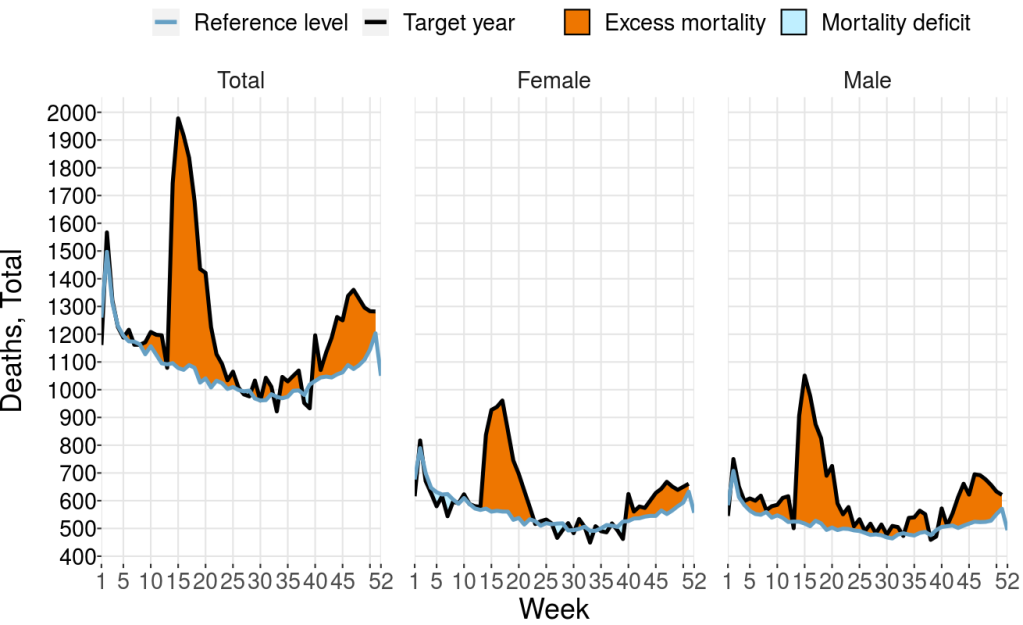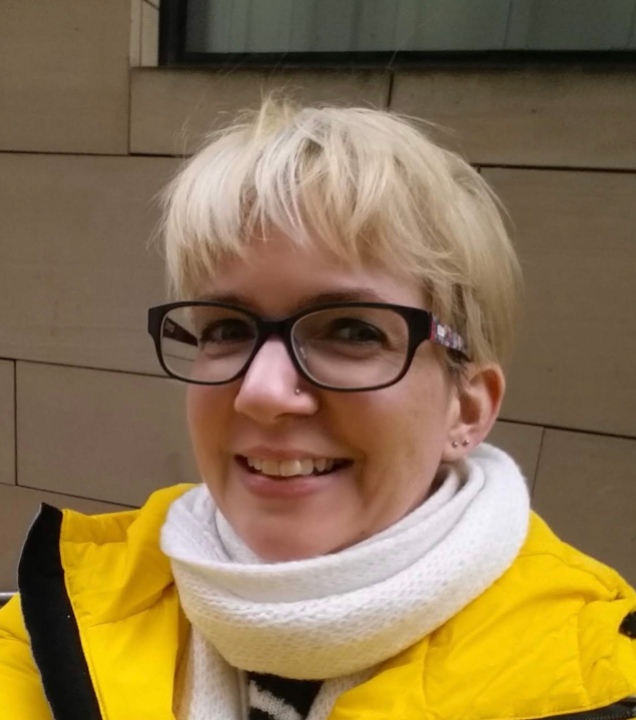I’ve been looking back over my posts through this pandemic year, trying to make some sort of sense of where I stand after everything I’ve learned. Not that it really makes any difference what I think… but I like to see how much my understanding has changed over time, and how consistent or otherwise my views have been.
Public opinion seems to range from “only zero covid is acceptable” to “this is all a big fuss about nothing”, and neither of these extremes are a tiny wacky minority. SARS-CoV-2 is so sweepingly diverse in its actions in humans that it has supported massive polarisation of views on its management, which is perhaps one of its more sinister (and less talked-about) outcomes – the furthering of fractures in society. As I’ve mentioned before, at times I’ve felt unstable and confused in my own thinking, pulled in different directions – which is why I’m craving clarity, I guess – but perhaps it’s better in some ways to remain open and uncertain.
The lockdown approach has seemed overly destructive to me: Sweden showed in the summer that case numbers could come right down without shutting everything down, possibly through a bit of natural saturation, summer season, and social distancing. It made me think probably our own lockdown (and that of many other countries) had come too late to do much good. It also lasted way too long. We gradually moved towards Swedish levels of openness-with-precautions, which was working fine in Sweden, but we didn’t quite get there before the season changed and cases started going back up. Soft play has been one casualty of that that is close to my heart.
The situation was OK in the summer. I felt there was too much pessimism and fear. Maybe I was wrong about that. Contact tracing clearly hasn’t worked well enough to prevent another big wave (is anyone surprised? – well, it looked hopeful to begin with). But I didn’t think a new wave in the autumn would be as bad as the first, and I guess it wasn’t:

I had definitely hoped things wouldn’t get as bad as they did. We have probably gone into excess deaths* again – but lockdowns also cause deaths, poor mental health, wrecked livelihoods and future prospects, and other harms. Things were at least coming under control without resorting to lockdown. It seemed hospitals were coping. So I still felt we should hold our nerve and keep going with what measures we had in place.
I think there is too much emphasis on counting covid deaths without viewing them in the context of overall mortality. Sometimes it feels as if no-one ever died before. I also want to ask for each intervention: who benefits, and who pays the price for it? And are we comfortable with that?
I didn’t think restrictions should be relaxed at Christmas. Learning about the pandemic’s overdispersion has changed my thinking a lot: “9 percent of cases were responsible for 80 percent of transmission, while 69 percent of cases did not infect another person”. Where people gather indoors, in close contact for prolonged periods with little ventilation, a lot of spread happens. You’re not likely to catch it walking past someone in a shop (if not crowded) or even from surfaces. Why should shops have to shut and meanwhile people are allowed to visit each other at home over the holidays?
Yes it’s hard to forgo our usual social contact, but in most cases doing so is not as harmful as the overall results of people breaking the rules and gathering: full hospitals, deaths, more lockdowns. I feel I’m turning into one of those judgemental types that blames the spread on people’s behaviour. (Not entirely – secondary schools, universities and certain workplaces/work situations are also implicated, and there’s not much individuals can do about any of those.)
Anyway, and now we have this new, ~56% more transmissible strain that throws everything up in the air. A three-week anticipatory lockdown after Christmas has been implemented. Cases seem to be going up again sharply, and I don’t think it can all be explained by the new strain (although the new strain is making up ~40% of cases).
So I don’t know what I think any more. Maybe if it transmits faster now, it will reach a saturation point faster. The autumn wave seemed to reach saturation, so maybe the new saturation threshold (with this new strain) isn’t much higher anyway. Can only hope that between that and the rapid rollout of the vaccines, we’ll hobble through the rest of the winter and soon be OK.
*ETA: I came across this shiny app for excess deaths. They actually don’t look as bad as looking purely at deaths with a recent covid diagnosis. I guess a fair number of the people in the latter category would have likely died over this winter anyway.


